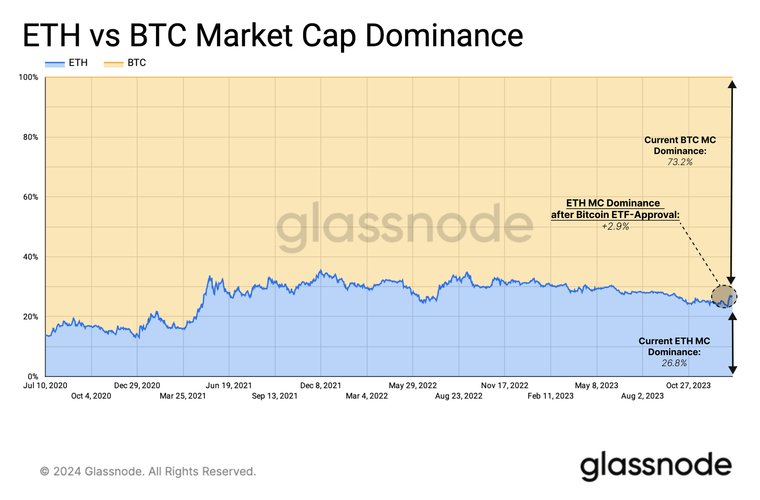Understanding Bitcoin and Ethereum: A Comprehensive Guide to Altcoins
When it comes to cryptocurrencies, Bitcoin and Ethereum are two of the most well-known and widely used digital currencies. However, the crypto world is vast and diverse, with numerous altcoins offering various features and benefits. In this article, we will delve into the details of Bitcoin and Ethereum, and explore the world of altcoins that have gained popularity over the years.
Understanding Bitcoin
Bitcoin, often referred to as the “gold standard” of cryptocurrencies, was created by an anonymous person or group of people using the pseudonym Satoshi Nakamoto in 2009. It is a decentralized digital currency that operates on a peer-to-peer network, without the need for a central authority like a bank or government.

Bitcoin’s supply is capped at 21 million coins, making it a deflationary asset. This scarcity has contributed to its value over time. Transactions on the Bitcoin network are recorded on a public ledger called the blockchain, ensuring transparency and security.
Bitcoin’s primary use case is as a digital currency, allowing users to send and receive funds without intermediaries. However, it has also gained popularity as an investment asset, with many speculating on its future price movements.
Understanding Ethereum
Ethereum, launched in 2015 by Vitalik Buterin, is another major cryptocurrency that has gained significant traction. Unlike Bitcoin, Ethereum is a blockchain platform that enables the creation and execution of smart contracts and decentralized applications (DApps). This makes it more versatile than Bitcoin, as it can support a wide range of applications beyond just a digital currency.
Ethereum’s native cryptocurrency, Ether (ETH), is used to pay for transaction fees on the network and as a medium of exchange. The platform’s smart contract functionality has allowed developers to build a wide range of innovative applications, from decentralized finance (DeFi) to non-fungible tokens (NFTs).
The World of Altcoins
While Bitcoin and Ethereum are the most prominent cryptocurrencies, there are thousands of altcoins available, each with its unique features and use cases. Here are some of the most popular altcoins that have gained attention over the years:
| Altcoin | Market Cap | Use Case |
|---|---|---|
| Binance Coin (BNB) | $88.5 billion | Payment for transaction fees on the Binance platform, utility token for Binance ecosystem |
| Cardano (ADA) | $35.5 billion | Developed to offer a more sustainable and scalable blockchain platform |
| Polkadot (DOT) | $24.5 billion | Interoperability between different blockchains, allowing for cross-chain communication |
| Uniswap (UNI) | $14.5 billion | Decentralized exchange platform for trading ERC-20 tokens on Ethereum |
Binance Coin (BNB) is one of the most popular altcoins, primarily used as a payment method for transaction fees on the Binance platform. Cardano (ADA) aims to offer a more sustainable and scalable blockchain platform, while Polkadot (DOT) focuses on interoperability between different blockchains. Uniswap (UNI) is a decentralized exchange platform for trading ERC-20 tokens on Ethereum.
Factors to Consider When Investing in Altcoins
Investing in altcoins can be exciting, but it also comes with its own set of risks. Here are some factors to consider when evaluating altcoins for investment:
-
Market Capitalization: A higher market cap indicates a larger and more established community, which can be a sign of stability.
-
Use Case: Look for altcoins with real-world applications and a clear value proposition.
-
Team and Community: Research the team behind the altcoin and the community surrounding it. A strong team and active community can be indicators of a project’s success.
-
Technology: Evaluate the technology and infrastructure supporting the altcoin, including its scalability, security, and decentralization.
- <


